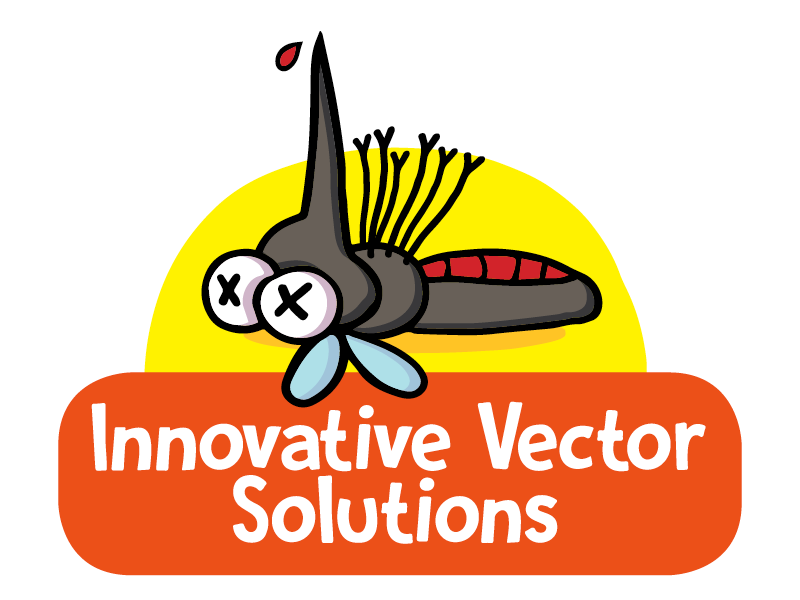To effectively battle, control and eliminate malaria transmission, countries use strategies called vector control. This approach primarily involves the wide-scale implementation of two key complementary interventions — indoor residual spraying of insecticides (IRS) and long-lasting insecticide-treated nets (LLINs).
These methods, especially when combined with improved health care and increased tracking techniques, are highly effective. But although significant reductions in malaria cases have been observed over the past two decades, progress has stalled in recent years.
Experts consider very carefully where, when and how to deploy IRS treatments, to help mitigate the increasing challenge of insecticide resistance and best serve the ongoing goal of decreasing malaria transmission.
However, of the many factors related to indoor residual spraying, one aspect that has not been thoroughly examined is arguably the hardest to predict — simple human behavior.
People living in households frequently take actions that modify the interiors and walls of their homes — washing, painting, re-plastering, adding wall hangings and decorations, and even expanding their households by building entirely new rooms.
“We often overlook an important factor: the acceptability of vector-control interventions by individuals, families or communities,” said Paaijmans. “We currently do not know how common wall modifications are after the implementation of IRS, but if we do not study this behavior in more detail, we will never be able to estimate the true protection that is provided by IRS.”
Read more in this ASU News article.

